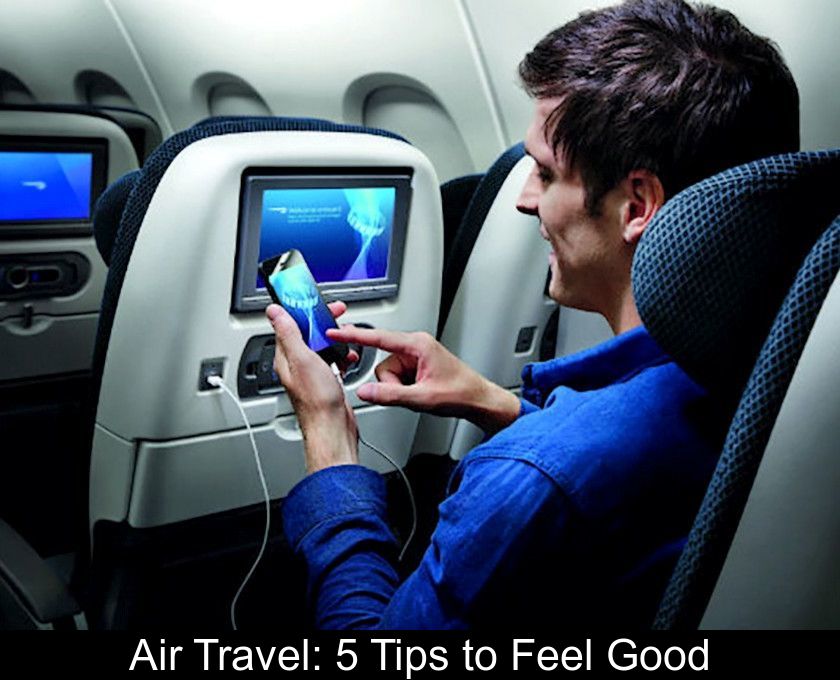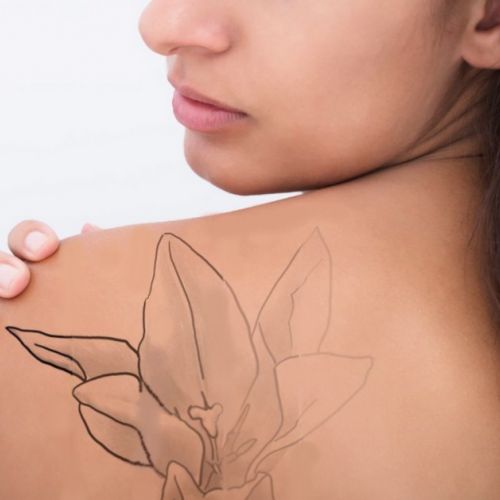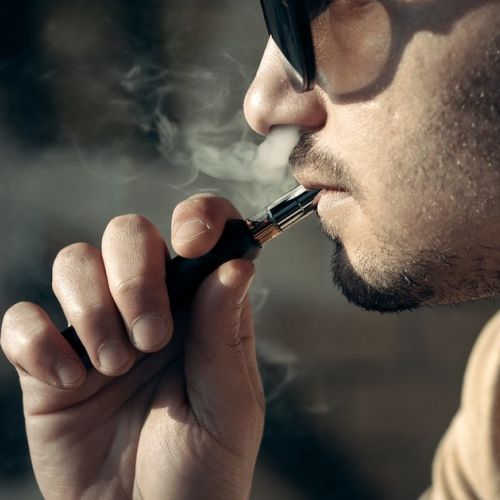Air Travel: 5 Tips To Feel Good
A plane journey is not exactly restful for the body due to the altitude and pressurized air. In addition to travel fatigue, various issues and discomforts such as heavy legs, motion sickness, and dry eyes can arise. Here are 5 sets of practical tips to avoid these problems and feel good on a plane.
How to limit stress on a plane?
The first of the 5 tips for feeling good on a plane is to carefully prepare your trip. It's best to check in online in advance to avoid queues at the airport.
On the day of departure, it's also important to allow plenty of time before the flight to go through security checks and board with peace of mind. This tip not only ensures that you adhere to the scheduled boarding time but also allows you to board feeling more relaxed.
Another tip that travelers can implement before leaving is to choose your seat on the plane wisely. If you are tall, opt for seats in the front rows or those near the emergency exits: this way, you'll have a bit more space to stretch your legs and feel comfortable in your spot.
For a more comfortable journey, choose loose-fitting clothes that can adapt to temperature changes at altitude, as well as comfortable shoes. Remember to bring a travel pillow and a sleep mask. Don't hesitate to bring your own headphones and a book you enjoy to keep yourself entertained during the flight.
How to avoid heavy legs on a plane?
It is common to experience heavy legs and swollen feet during an airplane journey, especially when seated in a cramped space with no room to stretch your legs.
After more than 6 hours of flight, blood circulation can become poor, and the sensation of heavy legs may occur. On long-haul flights and at high altitudes, there is even a risk of phlebitis.
To prevent these circulatory issues, it is recommended to:
- wear loose clothing that does not restrict movement and does not impede blood flow.
- wear comfortable shoes that are not too tight and without high heels.
- avoid placing anything under the seat in front of you so that you can stretch and move your feet and ankles.
- walk regularly in the plane cabin (approximately every 60 to 90 minutes).
- drink at least one liter of water every six hours or fruit juices.
However, it is better to limit the consumption of alcoholic beverages and coffee or tea.
Note: If you suffer from venous insufficiency, phlebitis, or varicose veins, put on compression stockings from the morning of departure.
How to avoid air sickness?
Motion sickness can occur in cars and boats, but also during an airplane journey.
In all cases, this issue is due to vibrations that disrupt the inner ear of the traveler and their sense of balance. This phenomenon can lead to nausea, discomfort, and vomiting.
To limit these inconveniences and feel good on a plane, one should:
- choose a seat near the wings and in the middle of a row to be as close as possible to the aircraft's center of gravity.
- eat light before departure and during the flight, avoiding starchy foods, legumes (dry beans, peas) and carbonated drinks, which can cause bloating.
- possibly, take a mild sedative or a homeopathic remedy: seek advice from your doctor.
How to relieve ear pain on a plane?
During takeoff and landing, pressure differences can cause hearing problems, including the sensation of having clogged ears. Indeed, our ears are sensitive to changes in atmospheric pressure.
Fortunately, there are a few simple tricks to unclog the ears:
- blowing while pinching your nose
- chewing gum during the plane's descent.
Note: if you suffer from an ear infection or an infection of the ear, nose, or sinuses before your departure, it is better to postpone your flight.
If you have a cold, use a nasal spray if your nose is blocked. If the Cold concerns a baby, clean their nose with saline solution before takeoff and before descent for landing.
How to prevent dry eyes?
During a flight, the onboard air is dry due to the altitude, the reflection of UV rays on the window, and the air conditioning.
To avoid discomfort in your skin and eyes, consider:
- carrying a moisturizing cream for your face and hands.
- drinking enough water or fruit juice during the flight.
- wearing your glasses instead of contact lenses.
- using eye drops like artificial tears.
Note: on average, it is recommended to drink at least half a liter of water every 3 hours during a flight.
Can you travel by plane with a chronic illness?
Despite the pressurization of aircraft, the cabin pressure during an airplane journey corresponds to that at an altitude of about 2500 meters.
If you suffer from a heart, lung, or blood disease, you might have difficulty coping with the lower oxygen content. Consult your doctor before considering travel.
If you are taking medications (especially for heart, diabetes, or epilepsy), you should always bring them on board. Specify the nature of your treatment when booking, as possession of certain medications on board may require authorization.
Likewise, if you have a disability, specify the nature of this disability and the level of assistance you will need when making a reservation. This way, you can benefit from essential services throughout your journey.









